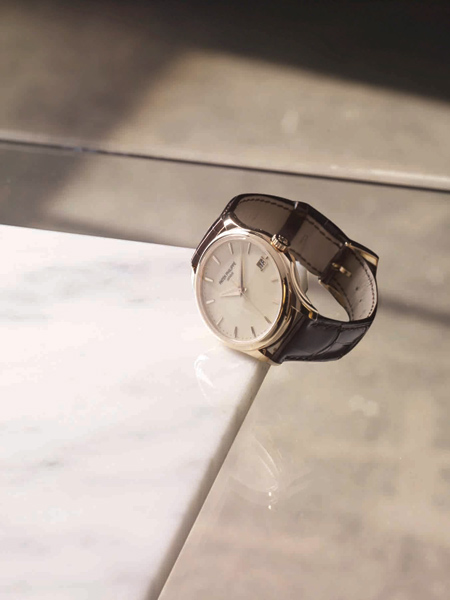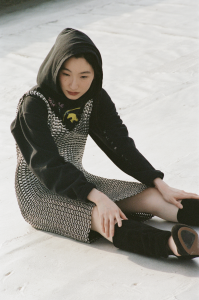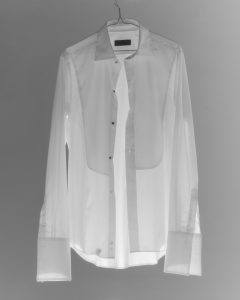Port’s horology editor James Gurney on how the traditional and modern can co-exist
Turn over any modern watch and there will likely be a crystal case back through which you can see the movement. The main exception to that rule is diving watches, which need the extra rigidity of a metal case back, or at least need to communicate their ability to survive harsh conditions via heavy-duty cases – not quite the same thing. As mechanical watches are sold, at least partly, on their greater visual appeal rather than movements, in comparison to the quartz equivalents – that makes sense. How else are you going to appreciate all that fine Swiss craftsmanship and heritage?
Strangely enough, crystal case backs, which were made possible with the introduction of artificial sapphire in the 1990s, were resisted quite strongly by some of the main watch houses on the grounds that such windows removed the veil of mystery surrounding high-end watches, that clients were not interested anyway and, most powerfully, it was not tradition. This last point had weight – if you are selling heritage, then paying proper respect to your traditions is no more than basic common sense. However much the shape of the wristwatch has been changed by the interventions of genius designers such as Louis Cartier, it still descends from pocket watches, and in the business of luxury, this is the sort of detail that needs to be remembered.
While both Patek Philippe and Vacheron Constantin, the two most traditional of watchmaking’s Grands Maisons, eventually converted to the idea of crystal case backs; both have nostalgic craftspeople and designers that wanted to bring something of the feel of pocket watches back into their contemporary designs. Their answer lay in those high-value pocket watches known as ‘Hunter’ or ‘Officer’s’ that have an extra-hinged cover, often highly decorated, to protect the front of the watch from dust and knocks. It was no great leap of the imagination to translate these watches into wristwatch form by moving the hinged cover to the back, thus combining a visible movement (showing off the expected virtues of perfectionist finish and decoration) and a high value case that neatly references tradition. These cases are, naturally, extremely difficult to make, helping to ensure both rarity (another valuable commodity) and price (through the cost of the labour involved). The high cost also serves to enforce the rarity, as very few companies will be able to invest the time involved.
.
Words James Gurney
Photography Thomas Brown
Vacheron have used the idea for some of their Métiers d’Art series, including this year’s Hommage à l’Art de la Dance collection. But as these are limited edition hand-made pieces, the job of making the incredibly slim case is entrusted to craftspeople able to make each case individually – a highly skilled operation given the fineness of the hinge and case back. Images fail to communicate just how delicate these watches are – they really have to be seen in the metal to be appreciated properly.
Patek Philippe, however, have set out to produce these cases semi-industrially and in series, that is, relying on their machining of the parts more than on the time of their craftspeople to achieve the quality they need. The Calatrava 5227 is remarkable in that the hinge and fit of the case back is almost invisible, most people simply miss that the back opens until shown, according to Patek – this even includes the chairman of the company.
James is editor Port’s horology editor: a 16-page watch special features in our upcoming issue




